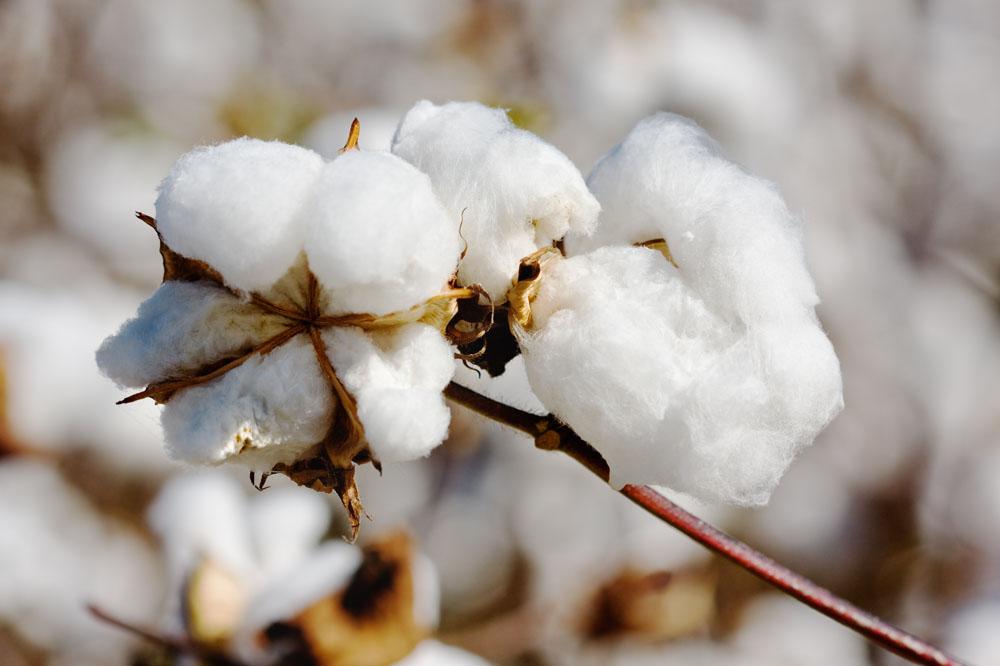Has China's Cotton Bull Market Ended?
March 02 2021 08:41:18 Nanhua Futures (Linda)
On February 26th, US time, the global stock market and futures market fell collectively, and the US cotton fell by 4.27% in a single day, eating up the previous week's gains. The next day, the price of Zhengzhou cotton opened significantly lower and fell by more than 1,000 points from the highest point. Faced with such extreme market volatility, we can't help but ask whether the bull market for cotton is over?
First of all, where does the driving force for this round of cotton rise come from?
First, it can be said that this round of cotton rise is not entirely caused by cotton supply and demand factors, and the core driving force is still a macro drive. Global stimulus policies continue to increase, including the release of currency, the increase in the weight of macro and interest rates, the improvement of the epidemic situation and the market's expectation of future economic recovery have stimulated a violent and sustained rise in most commodities, including cotton. During this period of time, we saw that many commodities such as non-ferrous metals and energy chemicals have risen sharply. The price of US cotton has actually fluctuated up since the bottom in April last year. It has almost doubled. The price of Zhengzhou cotton has also been The position rose from less than 10,000 to 17,000.
Second, the structure of supply and demand in the international market also supports the rise of cotton prices. The reduction in US cotton production in the new year and the improvement of export orders (including large purchases from China) are good for the price increase of US cotton. At the same time, Pakistan's cotton production has decreased significantly this year. The global cotton demand is also significantly improving, including a substantial improvement in the demand side of India, a populous country. From the USDA cotton market outlook in February, we can see that global cotton stocks are expected to fall by 3.2 million bales, and the inventory-to-consumption ratio will drop by 6.4% to 76.4%. Both supply and demand sides gave cotton a strong boost.
Third, the prices of domestic downstream cotton yarns and substitutes have risen. The price increase of cotton yarn after the holiday is actually higher than that of cotton. Under the background of low cotton yarn inventory, the spinning mills quickly resumed work after the holiday, and the operating rate rose to 80%-90% in just two days. Under the expectation of "Golden Three and Silver Four", just-needed purchases after March will also give impetus to cotton prices. The prices of polyester staple fiber and viscose staple fiber, which are also important raw materials for the textile end, have also soared around the Spring Festival, which has stimulated the rise of cotton yarn prices.
Now, is the above logic still valid?
From a macro point of view, the short-term gains are indeed a bit too ferocious, which makes the acceptance of the spot market not high enough. In the case of falsely high spot price quotations, the volume of transactions has declined relatively quickly, and the spot market’s acceptance of high prices is not very high. Except for companies with insufficient inventory to replenish some inventory, there are still more textile companies waiting and watching. Of course, from the perspective of the demand side, there is indeed improvement. The month-on-month decline in domestic lint inventory after the holiday is quite obvious. According to some survey data, the overall decline is about 4%-6% compared to the previous week, and it is currently in the destocking stage. The inventory of downstream finished products has been at a low level, and the estimated profit of spinning is relatively high. Orders of some enterprises are scheduled to May-June.
In the medium and long term, the way of shifting cotton prices up will not change, but at the current position, short-term breakthroughs will not be easy. Expected inflation has not yet been realized, but the market has reacted in advance, and cotton prices have fallen. Instead, it gave the opportunity to enter. In the context of consumption recovery and inflation expectations, Zhengzhou cotton does not have the basis for a sharp decline. However, the later trend will not be very smooth, there will be more shocks and washing, and the operation difficulty will be more difficult. In the follow-up, we need to pay attention to the weather conditions in the production areas and the transmission of cotton prices to downstream terminals.
If you have any questions, please feel free to contact SunSirs with support@sunsirs.com.
- 2025-12-12 SunSirs: With Expected Increases in Consumption, Cotton Prices Fluctuated and Rose
- 2025-12-11 SunSirs:China's Southern Xinjiang Long-Staple Cotton Planting Area Expected to Rebound in 2026
- 2025-12-10 SunSirs: Recently, Domestic Cotton Prices Were Volatile and Strengthened
- 2025-12-10 SunSirs: Key Developments in China's Cotton Market and Price Tracking
- 2025-12-09 SunSirs: On December 5th, the Cotton Spot Market Showed a Volatile and Stronger Trend



